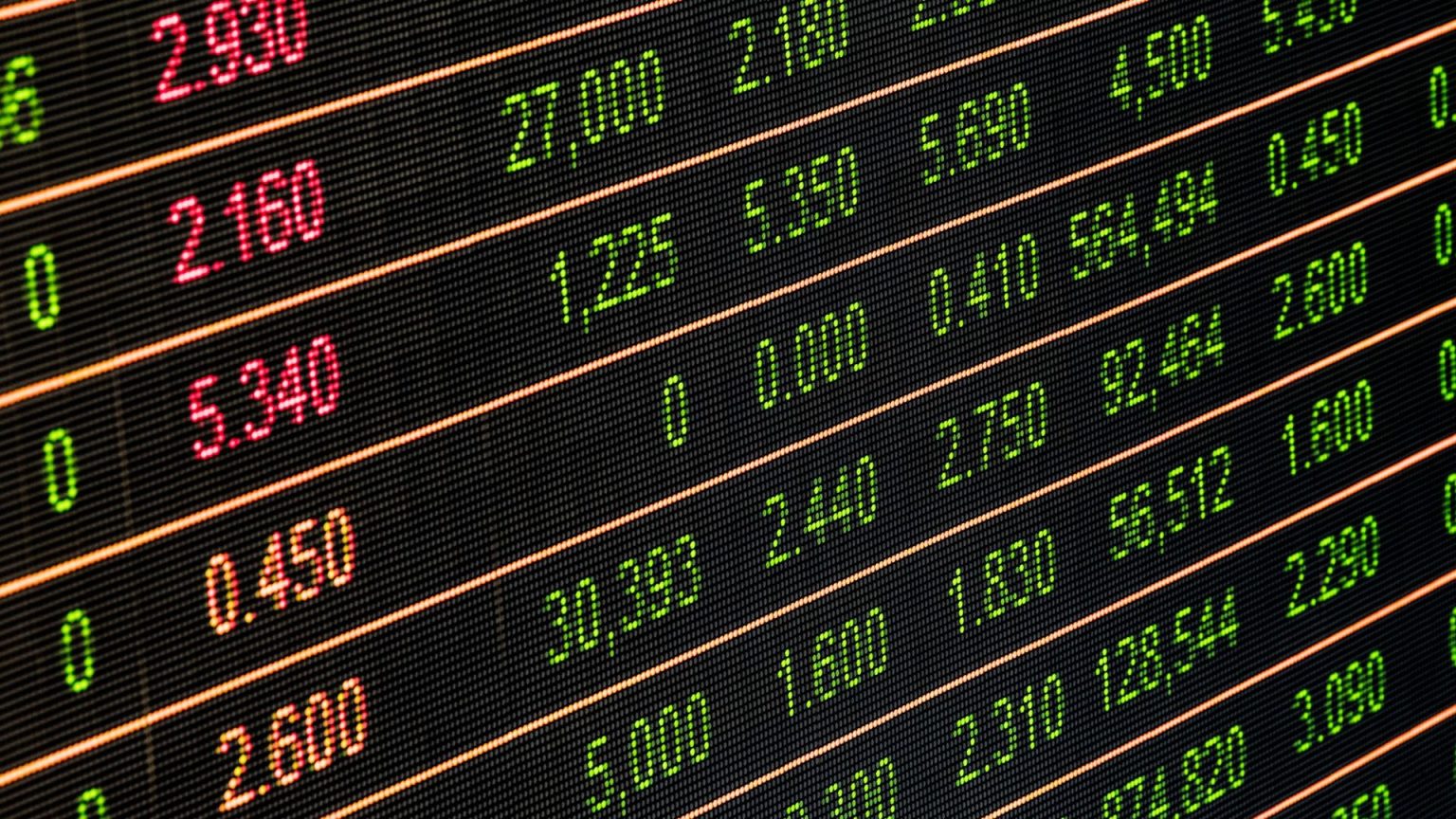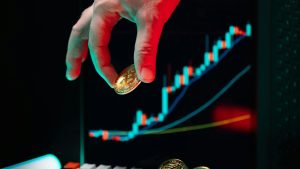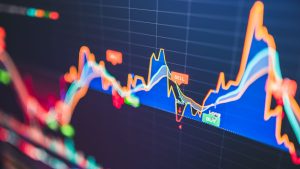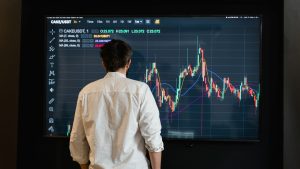If you’re new to trading, you’ve probably heard the advice: “Start with paper trading before you risk real money.” And it’s good advice, paper trading is a valuable tool for beginners. But here’s the reality: you can’t fully learn to trade until you experience live trading with real money.
Let’s break down the difference between paper and live trading, and the key lessons that only real trading can teach you.
What Is Paper Trading?
Paper trading is simulated trading. You use fake money in a live market environment, practicing entries and exits without risking real capital.
- Most exchanges and platforms (like TradingView) offer paper trading accounts.
- It allows you to test strategies, learn order types, and gain confidence.
- It’s essentially trading in “demo mode.”
Pros of Paper Trading:
- Zero financial risk while learning.
- Great for practicing technical analysis and setups.
- Useful for backtesting new strategies.
Cons of Paper Trading:
- No emotional involvement, losses don’t hurt.
- Doesn’t reflect slippage, liquidity issues, or real execution speed.
- Can create false confidence that doesn’t translate to live trading.
What Is Live Trading?
Live trading is the real deal, you’re trading with actual money in real markets. Every gain is real, and every loss is real.
This is where the game changes. Suddenly, it’s not just about strategies, it’s about how you react when your money is at risk.
Pros of Live Trading:
- True market conditions (slippage, spread, liquidity).
- Emotional growth, you learn discipline, patience, and risk control.
- Real accountability, you feel the weight of your decisions.
Cons of Live Trading:
- Mistakes cost money.
- Emotions can overwhelm beginners.
- Requires strict risk management.
The Key Difference: The Emotional Side
Here’s the biggest thing paper trading can’t replicate: emotions.
When you paper trade, losing $500 feels like nothing, it’s just numbers on a screen. But when it’s your real $500? Suddenly your palms sweat, your heart races, and you second-guess your plan.
Emotional lessons from live trading include:
- Fear of loss: Watching your money go down is a test of discipline.
- Greed: Holding too long because you want “just a little more.”
- FOMO: Jumping into trades because you don’t want to “miss out.”
- Revenge trading: Trying to win back losses quickly, only to lose more.
These emotions can only be experienced with real money at risk, and mastering them is what separates profitable traders from the rest.
How to Transition from Paper to Live Trading
- Start Small: Trade with an amount you’re comfortable losing. Even $50–$100 is enough to feel the difference.
- Keep the Same Rules: Don’t change your strategy just because the money is real. Stick to your tested setups.
- Focus on Risk Management: Risk only 1–2% of your account per trade, no exceptions.
- Journal Everything: Track your trades and your emotions. Learn from both.
- Build Gradually: Increase position sizes only when you’ve proven you can stay disciplined.
Final Thoughts
Paper trading is a great place to start. It helps you build technical skills, learn platforms, and test strategies safely. But don’t get stuck there forever, because the real lessons of trading only come when you put real money on the line.
The key is to start small, control your risk, and focus on mastering the psychological side of trading. Once you can manage your emotions, you’re on your way to becoming a consistent trader.
Learn to Trade the Right Way with EPIQ
At EPIQ Trading Floor, we help traders bridge the gap between paper trading and live trading by teaching the skills that really matter:
- ✅ Step-by-step trading psychology lessons
- ✅ Risk management tools to protect your capital
- ✅ Trade journals to track performance and emotions
- ✅ A supportive community that keeps you accountable
👉 Start your 3-day free trial today and learn how to trade live with confidence.
Disclaimer: This content is for educational purposes only and not financial advice.










Responses